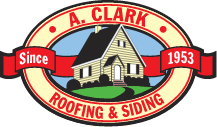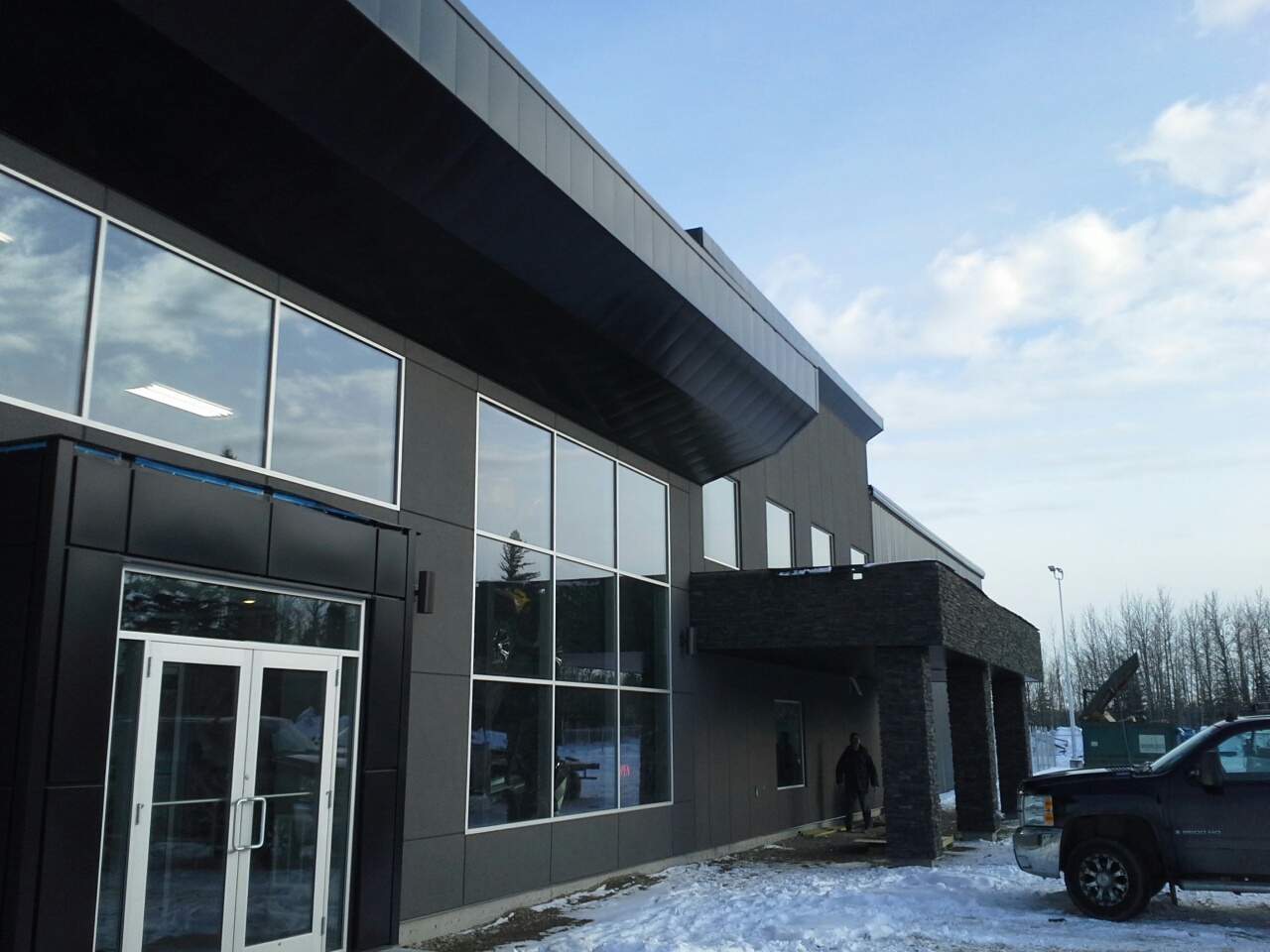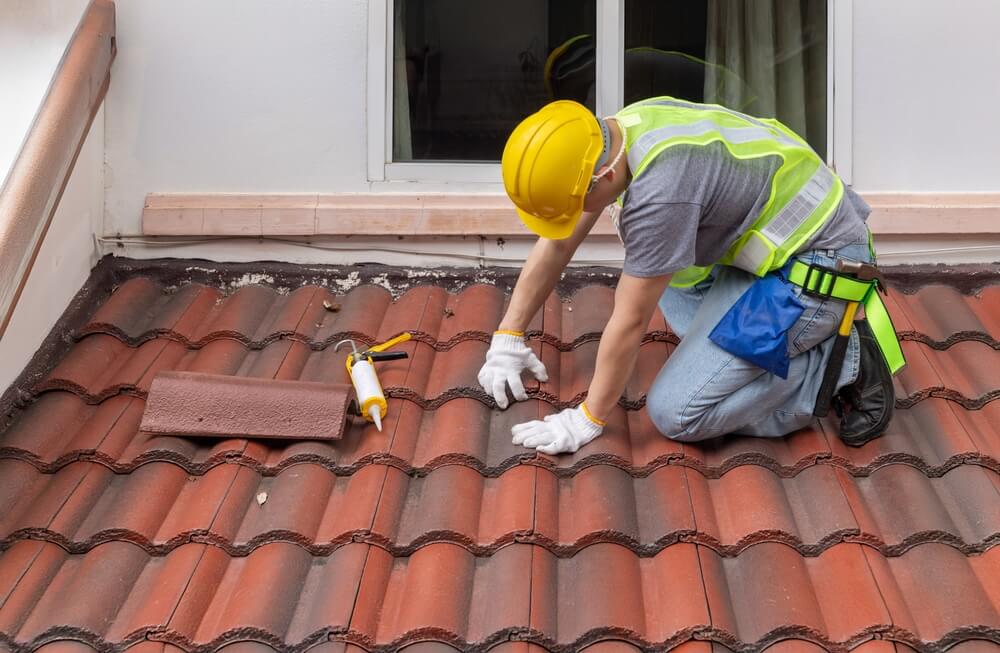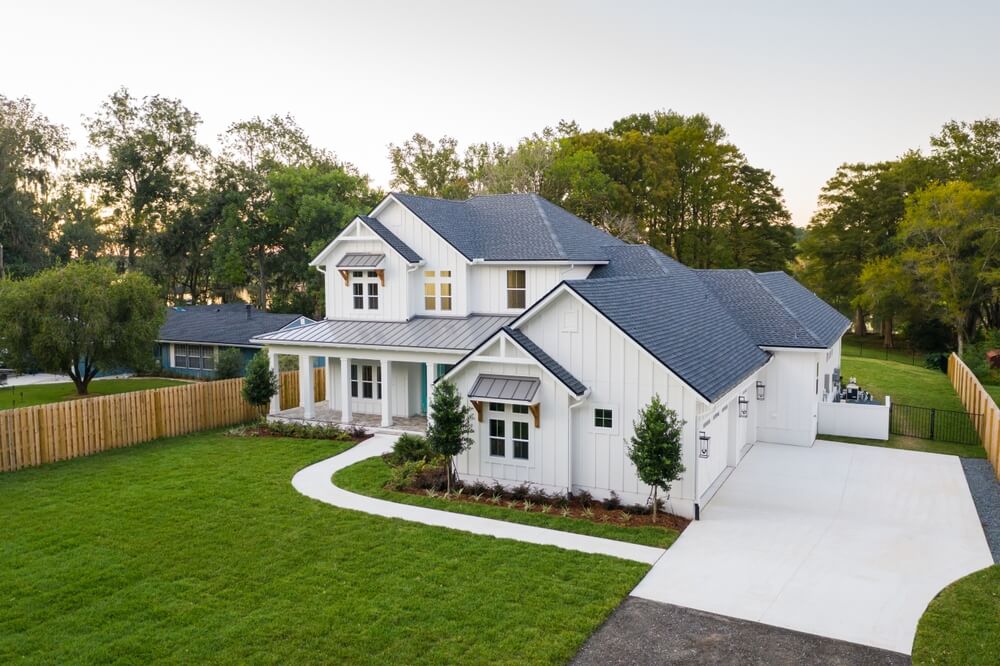This blog was originally published in October, 2017, but was updated in January of 2021.
Flat roofs are popular in commercial construction and can be found on many homes and condos as well. Offering a modern look to any building, they also provide high resistance to environmental damage and can last up to 15 years with proper installation and maintenance. Though there are numerous benefits to flat roofing, one of the main challenges is in settling on a proper drainage system. Many flat roofs have issues with water drainage, but with the right solution and proper maintenance, you can avoid water pooling and leaks.
Why is drainage important for a flat roof?
Because of the nature of their design, flat roofs do not have the natural drainage that sloped roofs offer, where gravity is working to remove water build-up. It is essential that flat roofs are fitted with an effective drainage system to ensure they are removing any moisture from the roof, to avoid serious damage. There are several issues that may result if a proper drainage system is not installed on your flat roof, including:
- The pooling of water and moisture, leading to leakage in the building or structural damage. Pooled water can also damage your roofing system, including the tar or caulking.
- The build-up of ice and snow in winter months, placing a heavy weight on the roof and potential structural damage.
- Leakage through roof ventilation, such as chimneys or air vents.
Types of flat roof drainage systems
- Clark Roofing & Siding LP., one of the most trusted roofing companies in Edmonton and Calgary providing residential and commercial flat roofing systems, is often approached by home and business owners who want to know more about drainage systems for flat roofing. The best drain for your building will depend on your building style and location, but we’ve put together a handy guide that can help you decide on the right system for your needs. There are four main types of drainage systems to help you with water flow on your building, including gutters, drains, scuppers and sloped installation.
1. Gutters
Just like most types of roofing systems, flat roofs can make use of gutters to drain away excess water. Open pipes running along the edges of the roof can stop water from pooling near foundations, doorways, and windows.
Pro’s:
- Inexpensive: Gutters are the least expensive drainage solution.
- Easy installation: Often the easiest to install, they are very effective at dealing with any amount of rain and snow.
Con’s:
- More maintenance: In order to remain effective, gutters must be cleaned on a regular basis.
- Winter freezing: When blocked with debris such as leaves and twigs, gutters can cause water to pool and ice dams to form in the winter.
- Cleaning: The brackets and hardware can make them challenging to clean.
2. Roof drains
Flat roofs can also drain water via a system of drains located at certain points on the roof, generally towards the centre. These drains – which will often be covered by a strainer to keep out debris – connect to gutters and pipes inside of the roof.
Pro’s:
- All season drainage: As the pipes are protected inside of the building, they do not freeze during the winter and hardly ever need to be replaced.
- Increase curb appeal: The drain can be placed strategically so it is out of the way or unseen, as no gutters or spouts are needed. Because the drain is hidden, a drainage system is also the most aesthetically pleasing solution.
Con’s:
- Cost: Drains tend to be the most expensive system to install. Maintenance can also be more expensive for this system, as a professional is needed if a clog should happen.
- Clogs: They can also become clogged if the proper strainers are not in place, meaning maintenance is required to ensure no debris is stuck in the drain.
3. Scuppers drains
If you’re really looking for value, then consider scuppers. Scuppers are essentially a series of outlets placed along the parapet wall. Water drains through these outlets and into downspouts which direct it away from the building’s walls and foundation.
Pro’s:
- Ease of maintenance: Scuppers require almost no maintenance and rarely become clogged, provided the scupper is the right size for your building’s draining needs.
- Value: Scuppers typically provide the best value for your drainage needs
Con’s:
- Slope: For scuppers to work well, however, the roof does need to have a sloped structure that can direct water to the edges. They are not generally the best option for handling snowmelt, but they are highly effective for heavy rain
Something to consider is that on older or more cheaply built parapet walls are often low and not water-proofed well, leading to leaks when there is lots of pooling water or buildup of snow & ice. Building your parapet walls higher helps control drainage and prevent perimeter overflows and leaks. Make sure to consult with professionals about the appropriate height for your parapet walls.
4. Sloped installation
Although it seems counterintuitive, you can also add a slight slope to your flat roof through true or step slope installation. Building a small slope underneath the roof, the slope acts as a small ramp and utilizes gravity to help disperse water on your flat roof. Many flat roofs have issues with pooling and therefore sloped to drain packages are often strongly recommended, and add great long-term value when renovating, or when they are considered while building new.
Pro’s:
Very effective and requiring minimal maintenance, the sloped installation simply utilizes gravity, like an actual sloped roof.
Con’s:
A true slope installation is extremely expensive, although a steep-slope offers many of the same benefits for a reduced cost, using flat board insulation instead of the roof boards.
Have more questions? Your Alberta professional roofers are here to help
The best flat roof drainage system for you will largely depend on your own unique needs, preferences, and budget. With several cost-effective solutions available, the Calgary and Edmonton and area roofing contractors at A. Clark Roofing & Siding LP. will be more than happy to help you figure out what sort of drainage system is most suitable for your roof.
A. Clark Roofing & Siding also offers flat roof installation, commercial roofing solutions, maintenance, and flat roof repair in Edmonton. For more information on flat roof drainage or a free, no-contact quote, just contact us today.




